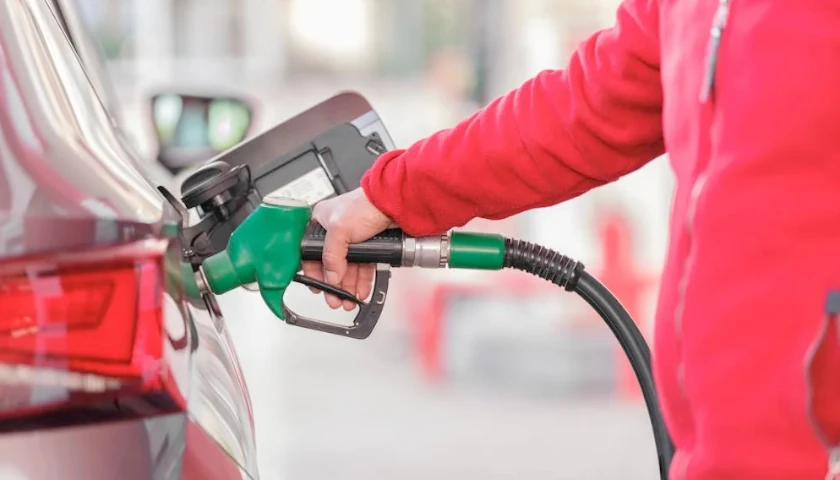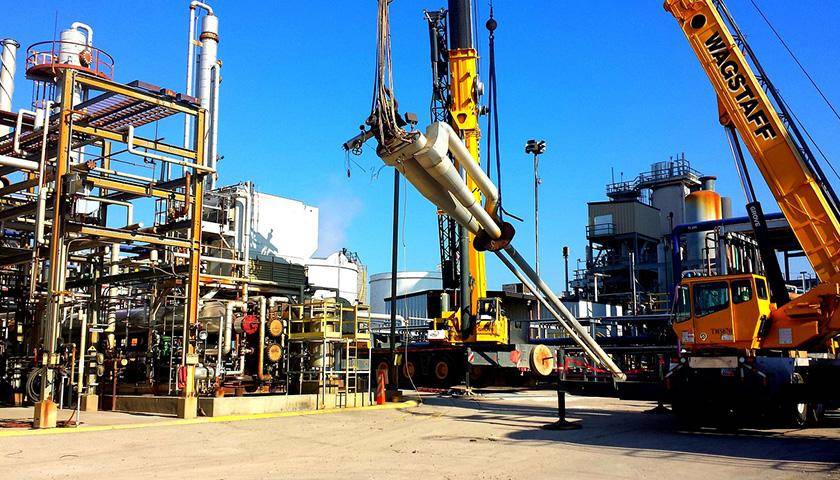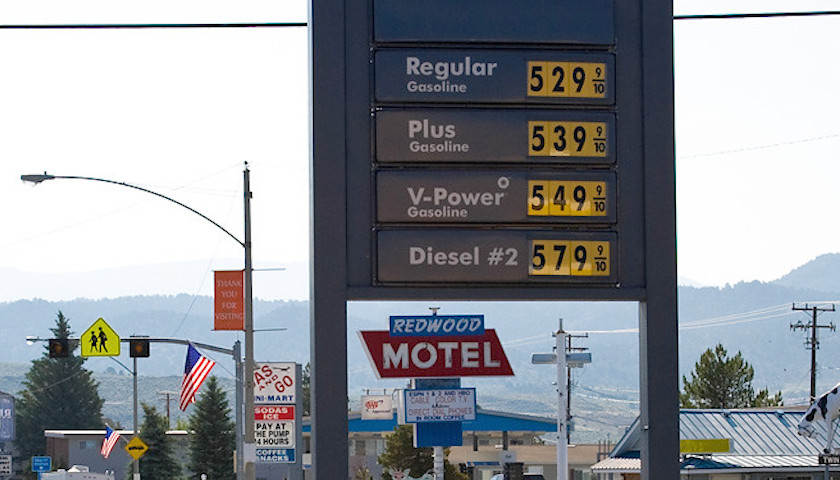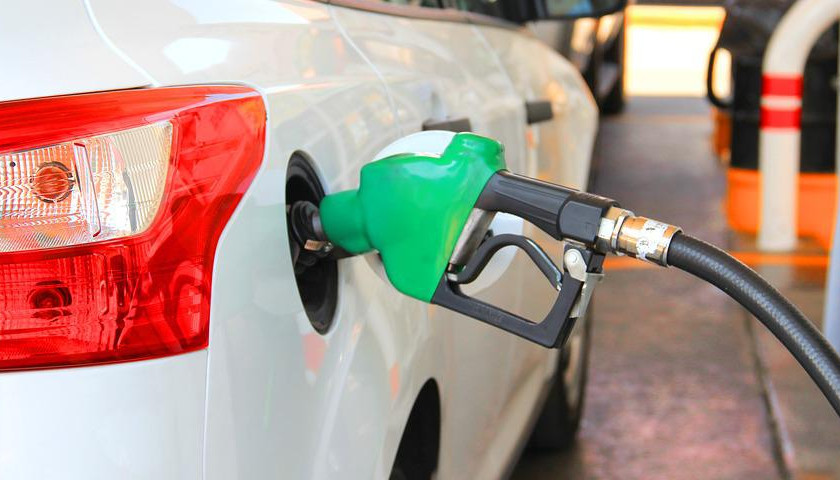The Biden administration is selling off a million barrels of gasoline from an emergency reserve in a deliberate effort to cut prices ahead of the upcoming holiday weekend.
The Department of Energy (DOE) announced that it has awarded contracts to five energy companies to purchase the barrels the administration is releasing from the Northeast Gasoline Supply Reserve (NGSR), which is part of the federal Strategic Petroleum Reserve (SPR) system. The NGSR releases are intended to “help lower gas prices ahead of the Fourth of July holiday,” according to DOE.
Read More













